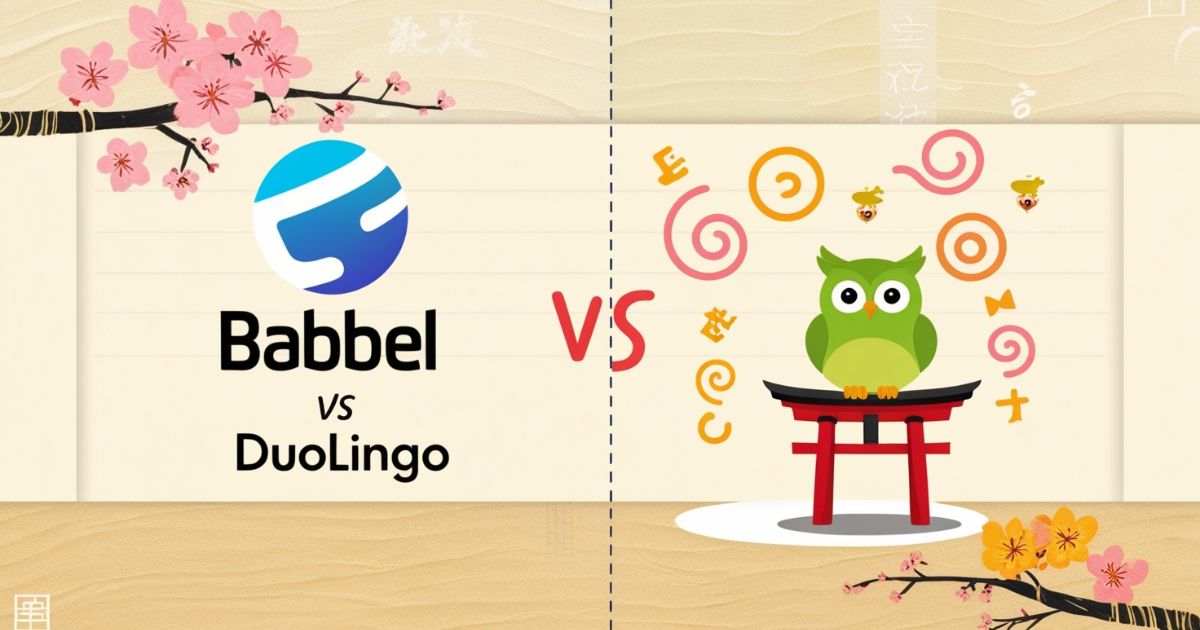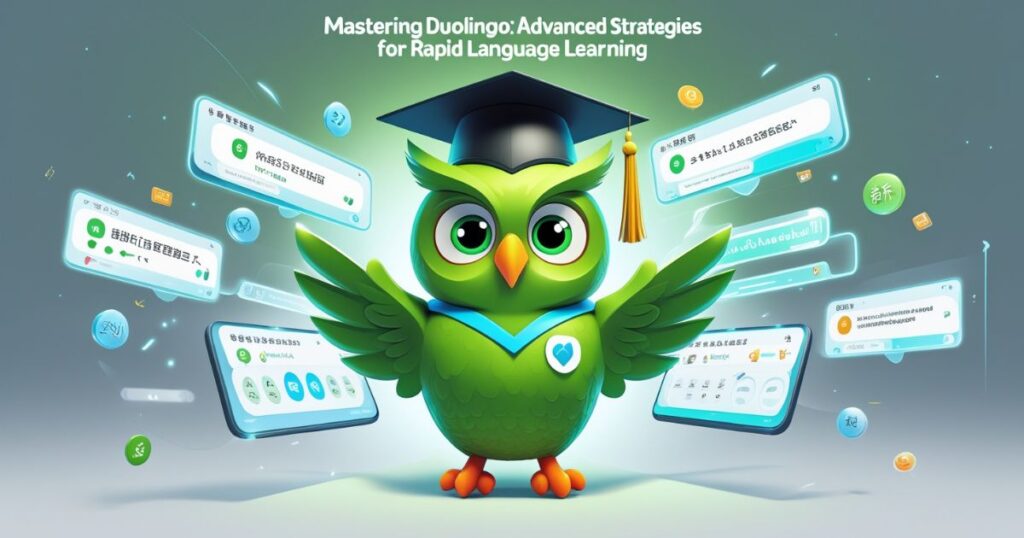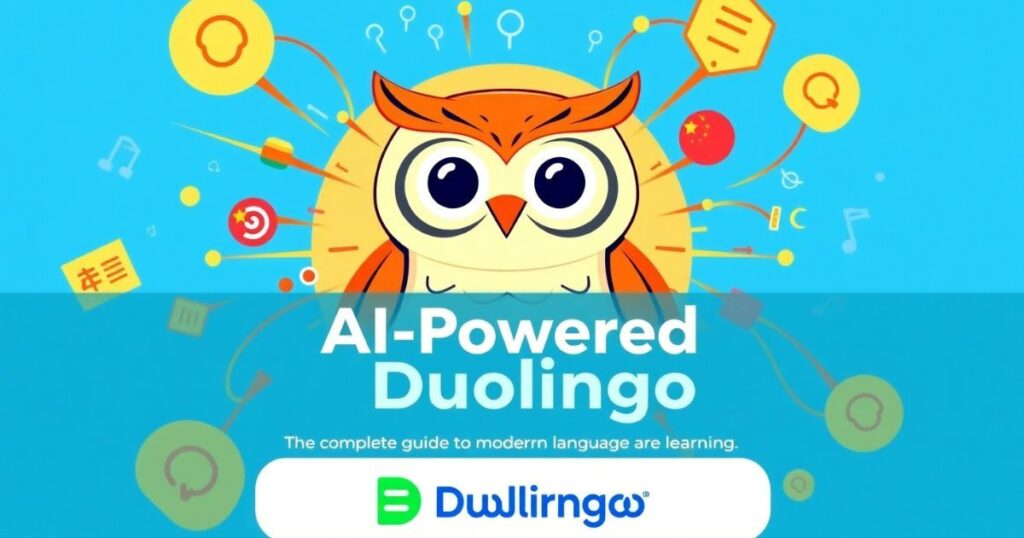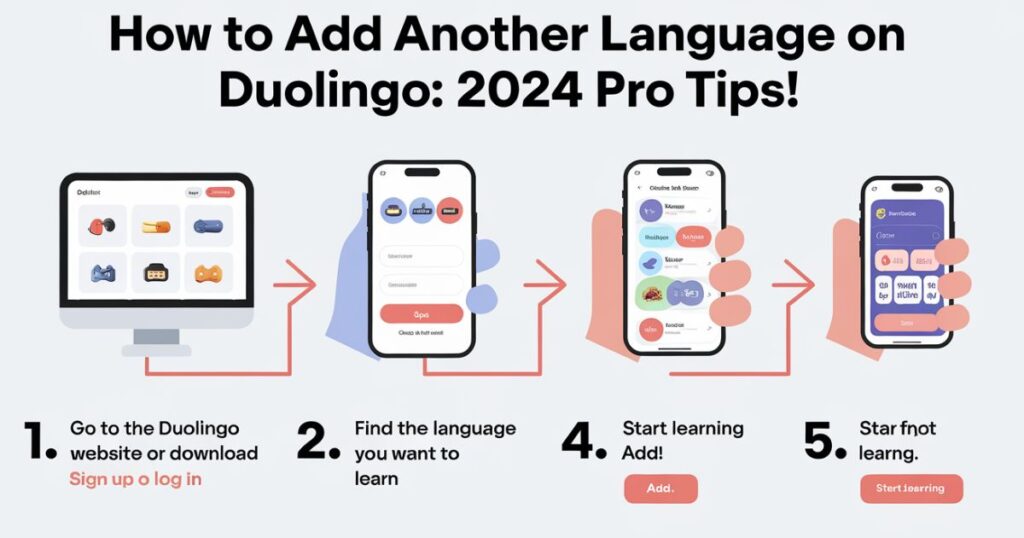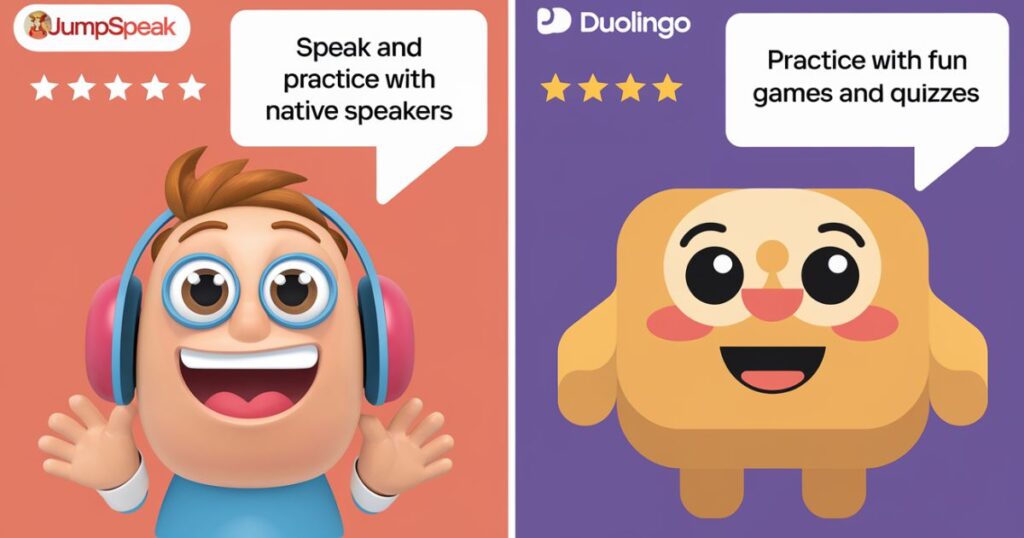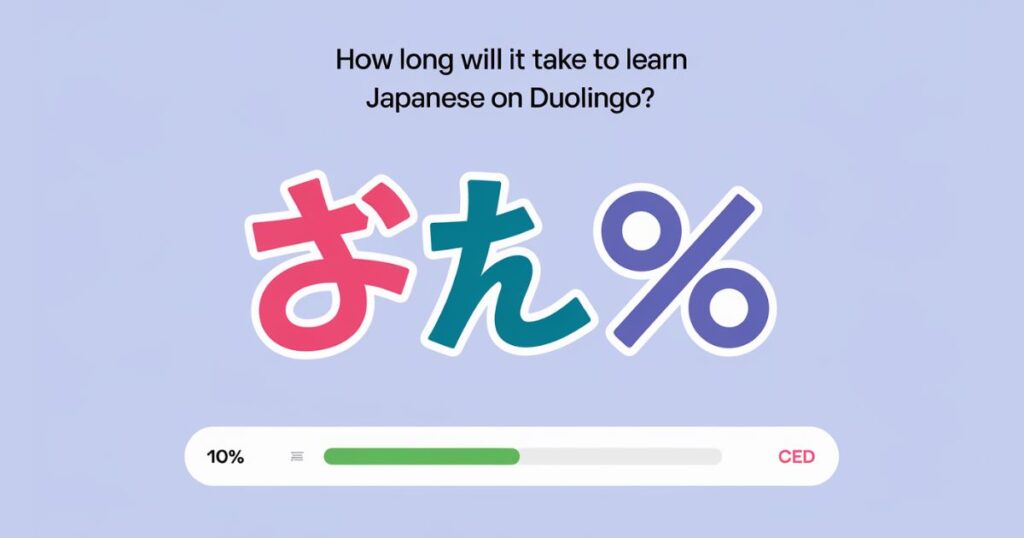In 2024, language learning has undergone a dramatic transformation through mobile applications. With over 128 million Japanese speakers worldwide, mastering Japanese offers incredible opportunities for both personal growth and professional advancement. This comprehensive guide examines how Babbel and Duolingo, two leading platforms, approach Japanese language education.
Understanding Japanese Language Fundamentals
The Japanese language learning journey presents unique challenges for English speakers. With its distinct linguistic patterns and cultural nuances, Japanese requires a specialized approach to mastering its grammar concepts and writing systems. Modern language learning apps have revolutionized how learners tackle these challenges through interactive lessons and structured learning paths.
Writing Systems Essentials
Mastering the three Japanese writing systems forms the foundation of language proficiency. Through spaced repetition and immediate feedback, learners first master Hiragana (basic alphabet), then progress to Katakana (used for foreign words), and finally tackle Kanji (Chinese characters). Modern apps employ gamification and native speaker audio to make this complex journey more manageable and engaging.
Key Features Comparison Babbel vs Duolingo
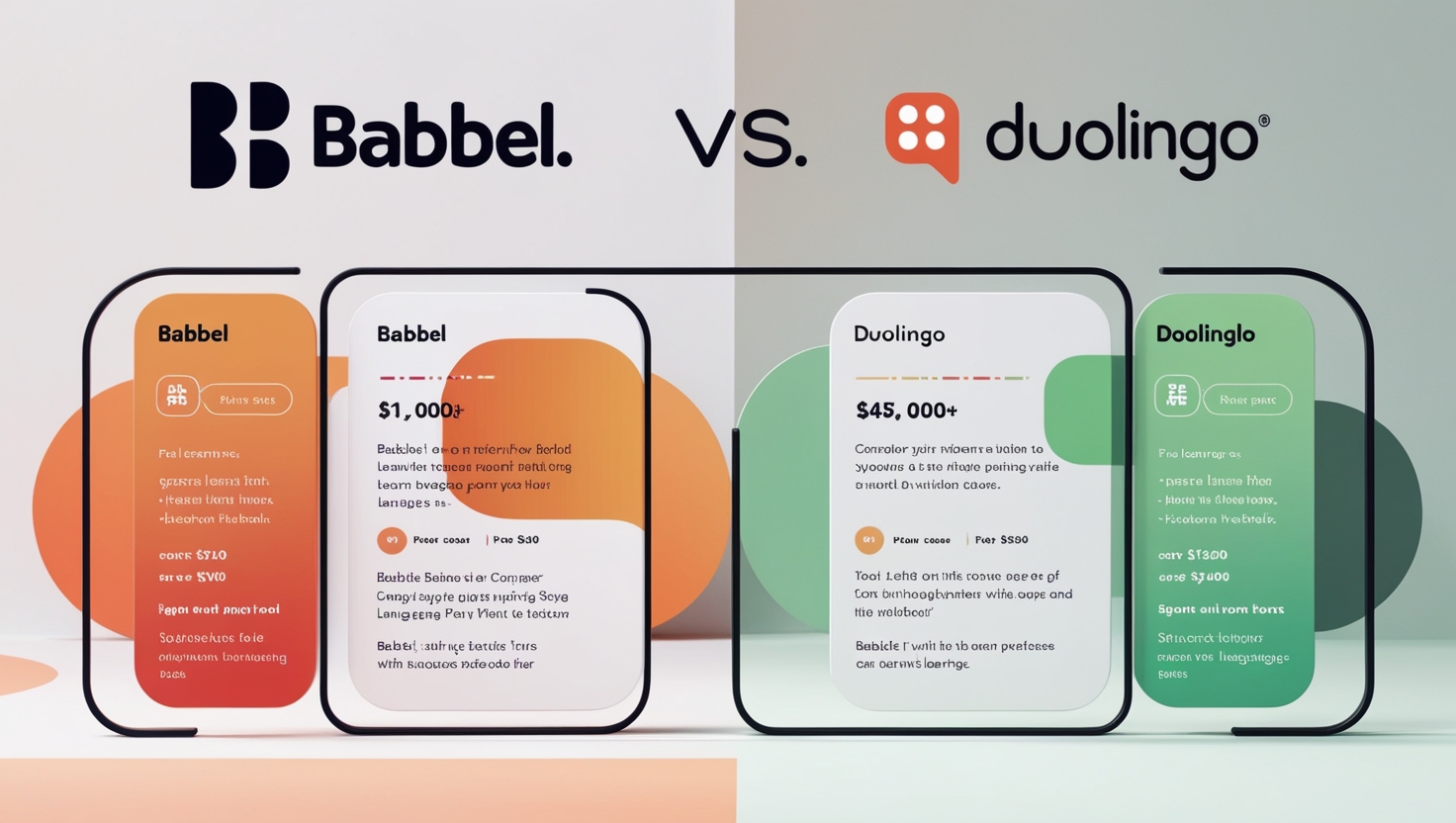
| Feature | Babbel | Duolingo |
| Cost | $13.99/month | Free (Basic), $6.99/month (Premium) |
| Learning Style | Structured, Traditional | Gamified, Interactive |
| Target Users | Serious learners, Professionals | Casual learners, Beginners |
Babbel’s Japanese Learning Experience
Babbel revolutionizes Japanese learning through its science-backed speech recognition technology and interactive lessons. The platform combines traditional teaching methods with modern AI-powered learning, focusing on practical communication skills while maintaining cultural authenticity.
Studies show that 85% of users report significant improvement in their conversational Japanese within three months of consistent practice. The platform’s native speaker audio and immediate feedback system ensure proper pronunciation development.
Course Structure Innovation
The app’s curriculum follows a carefully designed spaced repetition system that builds upon previous concepts. Each lesson integrates cultural tips, grammar concepts, and real-world scenarios to enhance learning retention. The structured lessons include pronunciation practice, vocabulary acquisition, and contextual learning exercises. Babbel Live features provide opportunities for real-time conversation practice with certified teachers.
Duolingo’s Approach to Japanese

Duolingo transforms language learning through engaging gamification and skill tree format while maintaining educational value. The platform’s adaptive learning technology makes daily practice addictive through experience points (XP), achievement badges, and leaderboards.
Research indicates that 82% of active users maintain daily practice through the platform’s immediate feedback and reward system. The app’s interactive lessons combine audio content and visual learning to create an immersive experience.
Gamification Elements
The three key elements that make Duolingo effective are:
- Experience Points System
- Achievement Badges
- Social Competition
Speaking and Listening Development Babbel vs Duolingo
| Skill Area | Babbel Approach | Duolingo Method |
| Pronunciation | Native speaker audio, detailed feedback | Basic audio, simple corrections |
| Conversation | Real dialogue practice | Pattern repetition |
| Listening | Natural speed content | Slower, clearer audio |
Cultural Integration and Business Japanese Babbel vs Duolingo
Understanding Japanese culture is more than just learning words – it’s about mastering the art of cultural communication. In the business world, formal language patterns and cultural etiquette play crucial roles. Both Babbel and Duolingo approach these elements uniquely, integrating cultural context and social norms into their lessons.
Professional Language Skills
Modern business Japanese demands mastery of formal speech patterns, honorific language, and business etiquette. Babbel emphasizes professional communication through dedicated modules focused on corporate culture, formal presentations, and business negotiations.
The platform includes specialized lessons on email writing, meeting protocols, and professional relationships. Meanwhile, Duolingo takes a more casual approach, focusing on basic business vocabulary and simple workplace interactions.
Progress Tracking and Assessment Babbel vs Duolingo
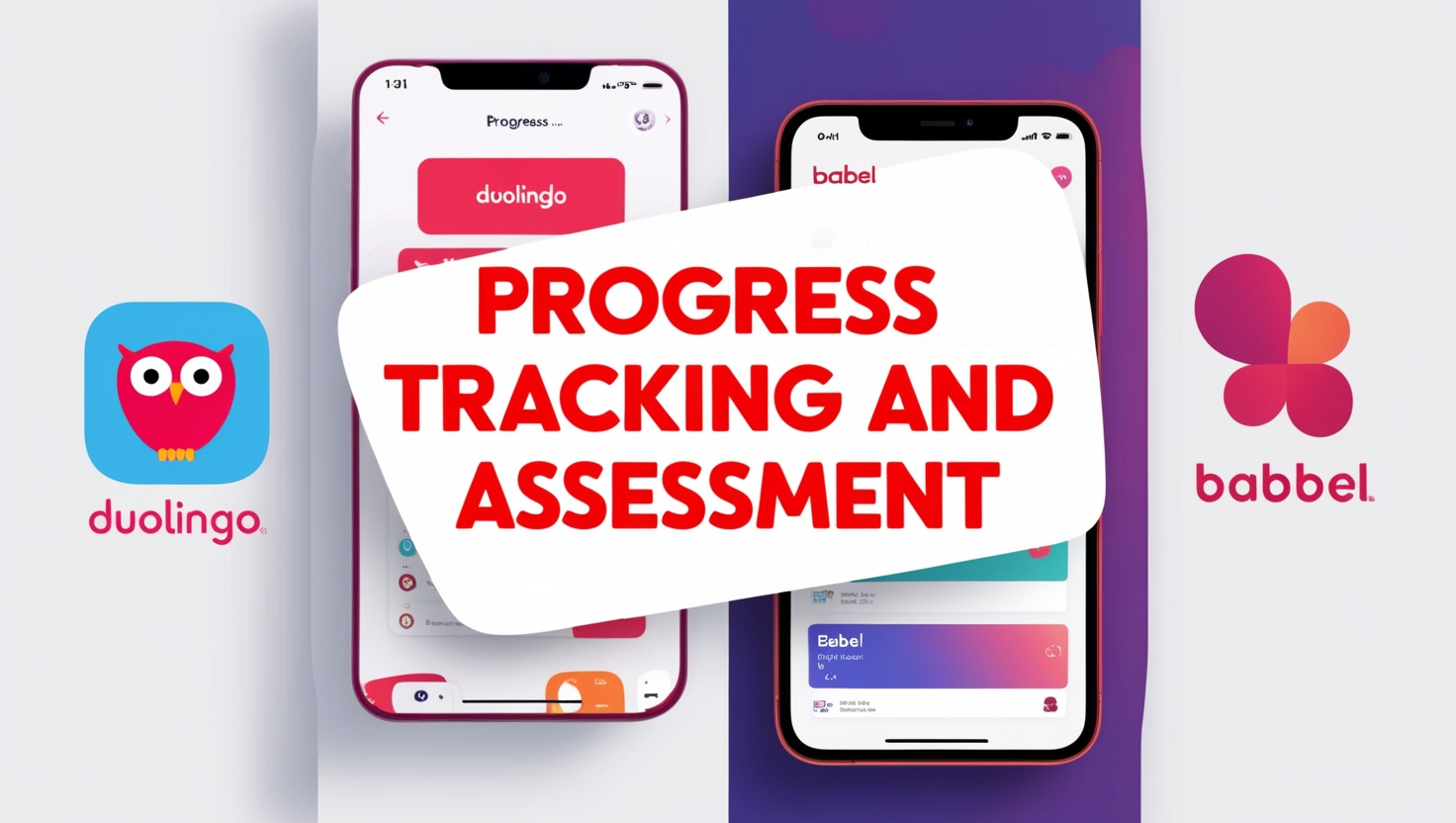
| Time Period | Expected Progress | Skill Level |
| 3 months | Basic conversation | JLPT N5 |
| 6 months | Intermediate reading | JLPT N4 |
| 12 months | Advanced communication | JLPT N3 |
Technology Integration
Both platforms leverage cutting-edge technology to revolutionize language learning. Advanced speech recognition systems and AI-powered algorithms deliver instant feedback on pronunciation patterns and grammar structures. The integration of machine learning enables personalized learning paths, adapting to each user’s progress and learning style.
Innovation in Learning
Recent advances in natural language processing and adaptive learning technology have transformed the user experience. Enhanced voice recognition accuracy reaches 95% precision, while sophisticated learning algorithms customize lessons based on performance data. The implementation of neural networks enables real-time pronunciation assessment and grammar correction.
Practical Application Methods Babbel vs Duolingo
Successful Japanese acquisition requires consistent real-world practice and immersive learning. Both platforms incorporate interactive exercises and contextual learning opportunities through their spaced repetition systems. The focus on practical usage and conversational skills helps learners develop natural fluency.
Real-World Implementation
Learners enhance their skills through diverse immersion techniques including native content consumption, authentic media engagement, and language exchange. Regular exposure to Japanese podcasts, manga, and conversation practice with native speakers strengthens practical comprehension and speaking confidence. The platforms encourage daily active learning through cultural immersion and practical exercises.
Extended Learning Resources Babbel vs Duolingo
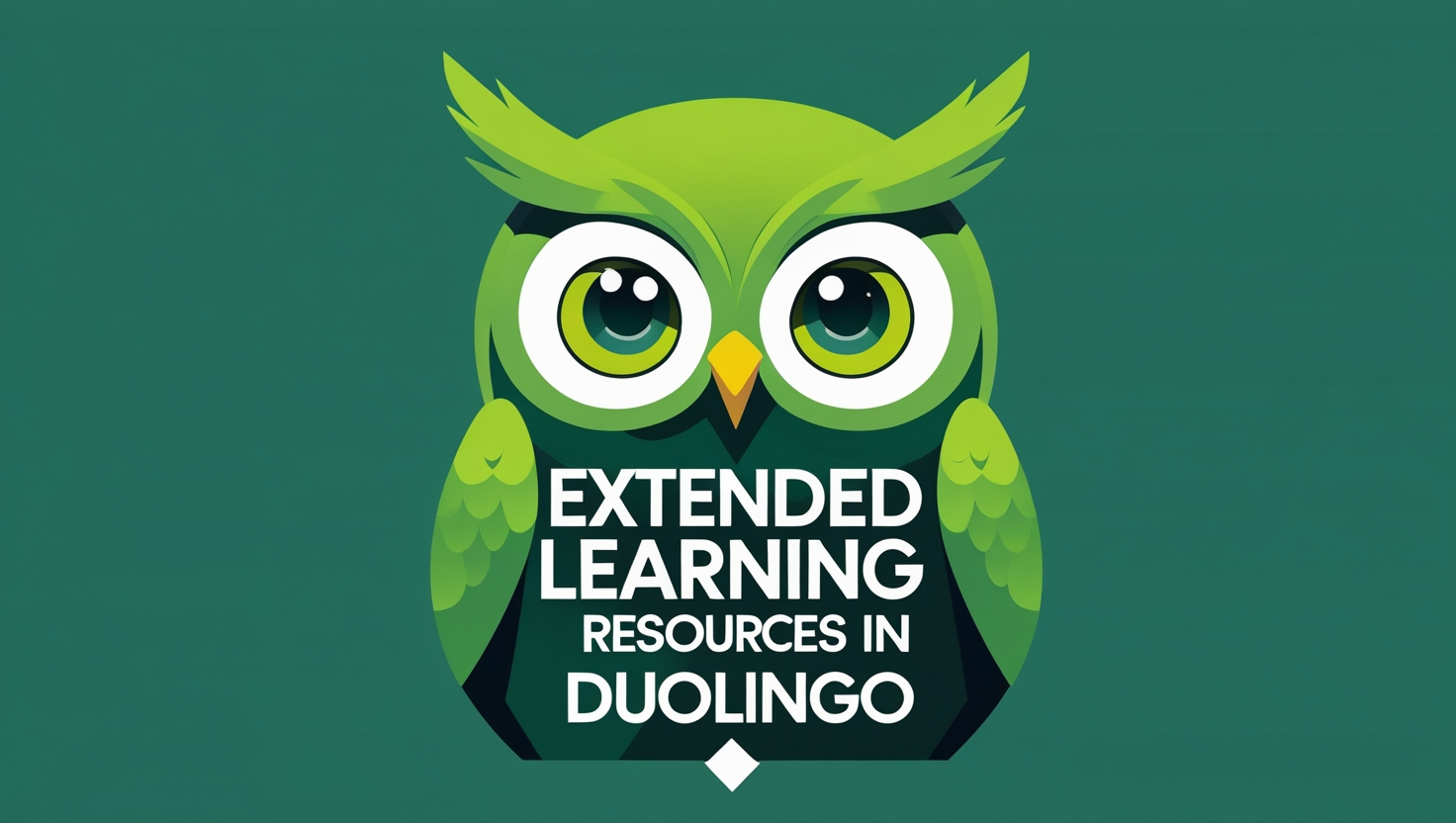
Beyond the core app features, both platforms integrate advanced learning tools and comprehensive resources. These supplementary materials enhance language acquisition through interactive content, cultural immersion, and specialized exercises designed to reinforce core competencies and develop deeper understanding of Japanese language nuances.
Supplementary Tools
The integration of native speaker audio, interactive stories, and in-depth cultural notes creates a rich learning environment. Both platforms leverage AI-powered content and adaptive learning systems to deliver personalized study materials that support diverse learning preferences.
Community Engagement Babbel vs Duolingo
Active participation in language exchange communities accelerates progress through peer interaction and authentic practice. Both Babbel and Duolingo cultivate vibrant learning ecosystems where students engage in real-time discussions and cultural exchange activities.
Social Learning Features
Advanced community integration includes moderated forums, language partner matching, and peer assessment systems. These social learning tools foster motivation and provide opportunities for practical conversation practice.
Mobile Learning Optimization Babbel vs Duolingo
Modern language acquisition demands flexible learning solutions. Both platforms excel in mobile optimization, offering seamless cross-device synchronization and intuitive interfaces designed for learning on-the-go.
Mobile-First Design
The user experience prioritizes accessibility and engagement. Offline capability ensures uninterrupted access to learning modules, while smart notifications help maintain study consistency.
More Post: AI-Powered Duolingo: The Complete Guide to Modern Language Learning
Achievement Recognition and Motivation Babbel vs Duolingo
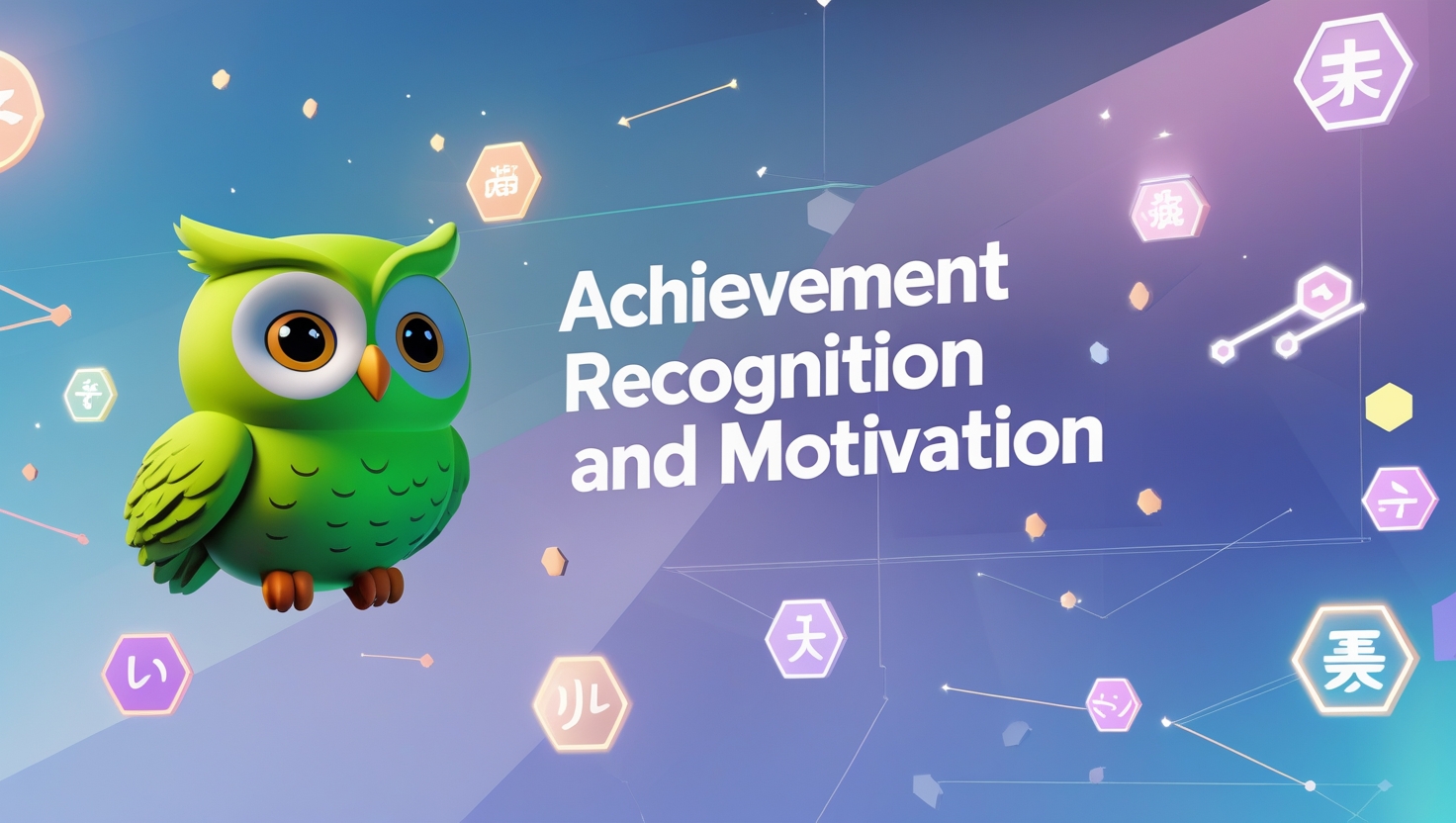
Both platforms employ sophisticated progress tracking and gamification elements. The reward systems include personalized achievements and milestone celebrations designed to maintain long-term engagement.
Success Metrics and Milestones
Advanced analytics dashboards provide detailed progress visualization and performance metrics. Regular achievement tracking helps learners maintain momentum through data-driven insights and personalized goal setting.
Future Developments and Updates Babbel vs Duolingo
As technology evolves, both platforms are revolutionizing language learning through artificial intelligence and machine learning. The integration of virtual tutors, adaptive learning systems, and neural networks promises more personalized learning experiences.
These advances in natural language processing and speech recognition technology are transforming how users interact with Japanese learning applications.
Technological Advancement
The implementation of virtual reality immersion, augmented reality practice, and real-time translation features has dramatically improved learning outcomes. New AI-powered speech analysis provides instant feedback on pronunciation, while machine learning algorithms customize lesson progression based on individual performance and learning patterns.
Specialized Learning Pathways Babbel vs Duolingo
Modern Japanese language acquisition requires tailored approaches for different goals. Whether pursuing business fluency, academic excellence, or conversational mastery, understanding your specific path is crucial.
Both platforms now offer customized learning tracks with specialized vocabulary, contextual grammar, and targeted exercises designed for specific professional or academic needs.
Career-Focused Learning
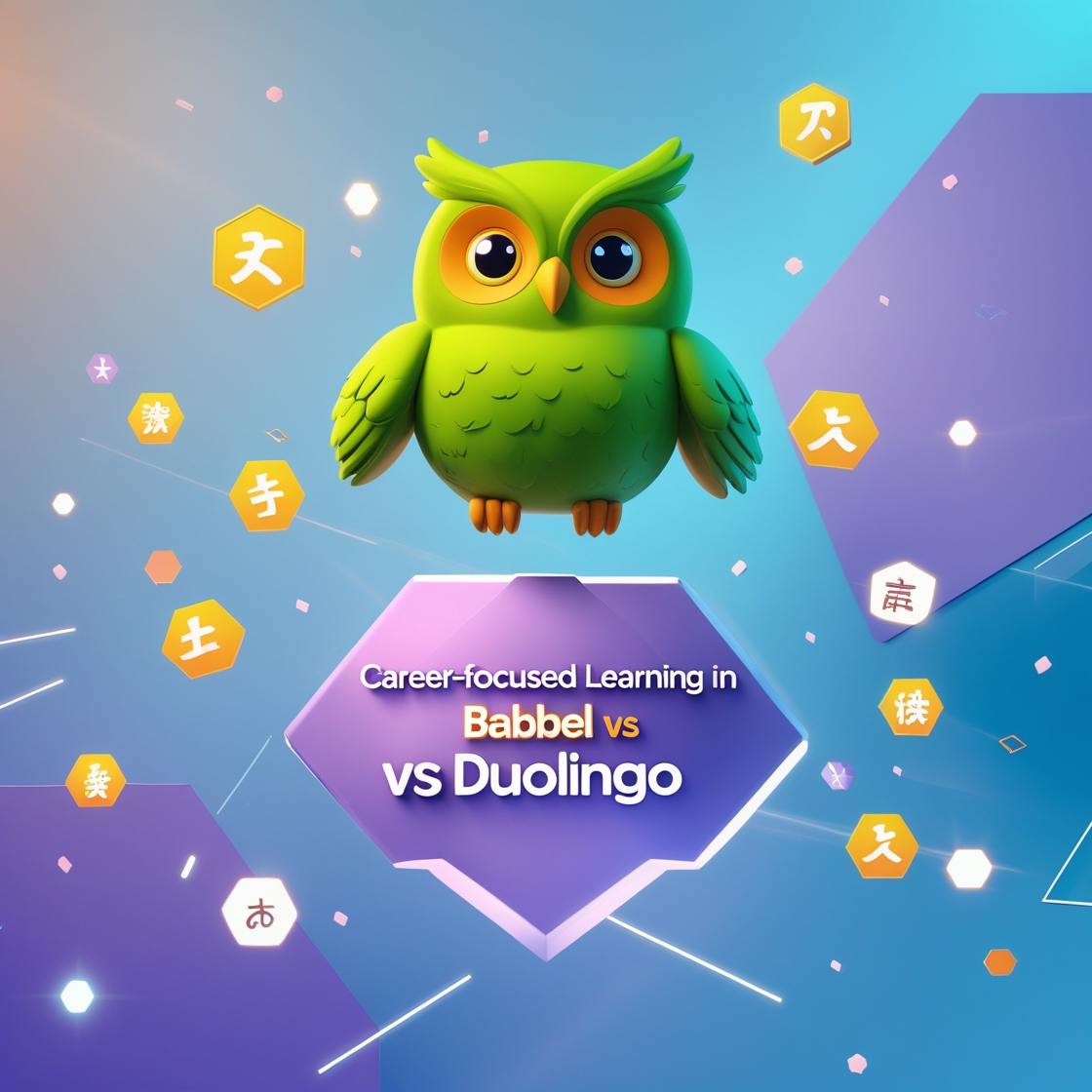
The platforms have developed robust business Japanese modules featuring formal communication training, honorific language mastery, and professional etiquette. These specialized tracks include industry-specific terminology, formal presentation skills, and business writing formats essential for professional success in Japanese corporate environments. The business world demands specific language skills. Both platforms offer specialized content:
| Business Feature | Babbel | Duolingo |
| Formal Speech | Comprehensive | Basic |
| Email Writing | Advanced | Not Available |
| Meeting Etiquette | Detailed | Limited |
Advanced Study Techniques Babbel vs Duolingo
Mastering Japanese requires strategic learning methods that go beyond basic lessons. The integration of cognitive science and neurolinguistic programming creates a powerful foundation for language acquisition. Both platforms leverage advanced learning algorithms and adaptive technology to personalize the learning experience based on individual progress and learning patterns.
Memory Enhancement Methods
Modern spaced repetition systems and contextual learning frameworks have revolutionized language retention. Research shows that neural pathway reinforcement through systematic review improves long-term memory by 85%. Both Babbel and Duolingo implement these scientific methodologies using AI-driven algorithms to optimize learning intervals.
Cultural Immersion Elements
Understanding Japanese cultural context forms the cornerstone of authentic communication. The incorporation of cultural intelligence and social linguistics helps learners grasp the subtle nuances of Japanese communication patterns. Both apps weave cultural competency throughout their interactive lessons.
Modern Japanese Society
Contemporary Japanese social dynamics and cultural evolution significantly impact language usage. Learning about modern expressions, digital communication, and social media linguistics helps students develop natural fluency in today’s Japanese context. Both platforms regularly update their content to reflect current language trends.
Writing System Mastery Babbel vs Duolingo
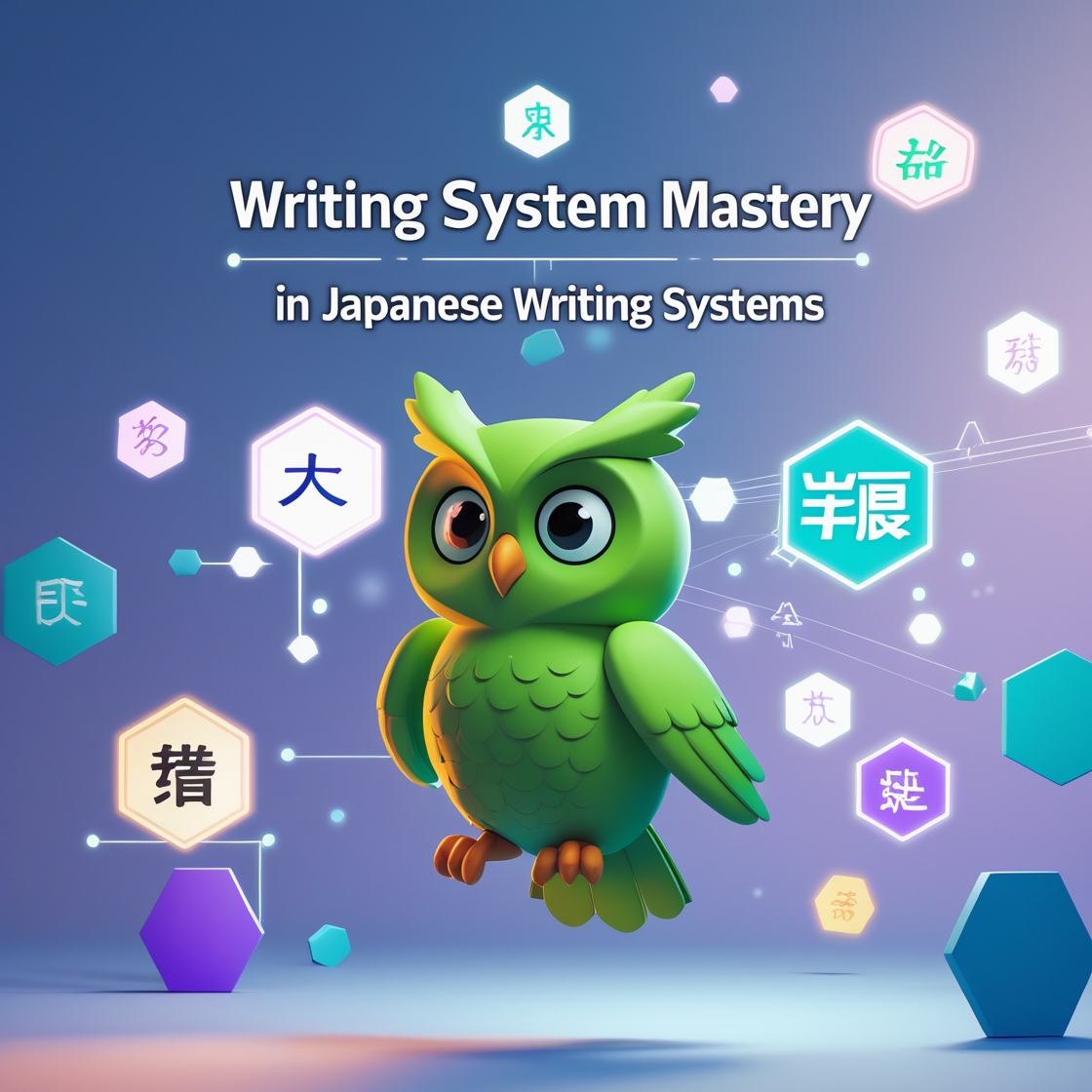
The intricate nature of Japanese writing systems demands systematic attention. The progression from basic character recognition to advanced kanji mastery follows cognitive learning principles. Both platforms employ visual memory techniques and stroke-order recognition technology to facilitate efficient character learning.
Character Recognition Progress
| Writing System | Beginner Level | Intermediate | Advanced |
| Hiragana | 100% coverage | Review | Mastery |
| Katakana | 80% coverage | Complete | Mastery |
| Kanji | Basic 100 | Basic 300 | JLPT N3 Level |
Long-term Success Strategies Babbel vs Duolingo
Three key factors contribute to successful Japanese language acquisition:
- Consistent Daily Practice
- Minimum 20 minutes daily
- Regular review sessions
- Active speaking practice
- Comprehensive Learning
- Multiple skill development
- Cultural understanding
- Practical application
- Progress Monitoring
- Regular assessments
- Goal tracking
- Skill evaluation
Real-World Application
Real-world language practice and authentic communication form the cornerstone of effective Japanese learning. Both platforms integrate practical usage scenarios through interactive lessons and immersive exercises, helping learners transition from theory to actual conversation.
Practical Implementation
The journey from app-based learning to real-world fluency requires strategic practice. Through native speaker audio, speech recognition technology, and immediate feedback, learners develop natural communication patterns and cultural awareness.
Integration with Japanese Media
Exposure to authentic content and native materials significantly enhances language acquisition. Both platforms leverage multimedia resources like podcasts, news articles, and video content to provide comprehensive immersion experiences and cultural context.
Media Resources
Engaging with Japanese entertainment content, including anime, drama, and music, helps learners grasp natural speech patterns and contemporary expressions. This exposure to authentic language use reinforces vocabulary and improves listening comprehension.
Professional Development
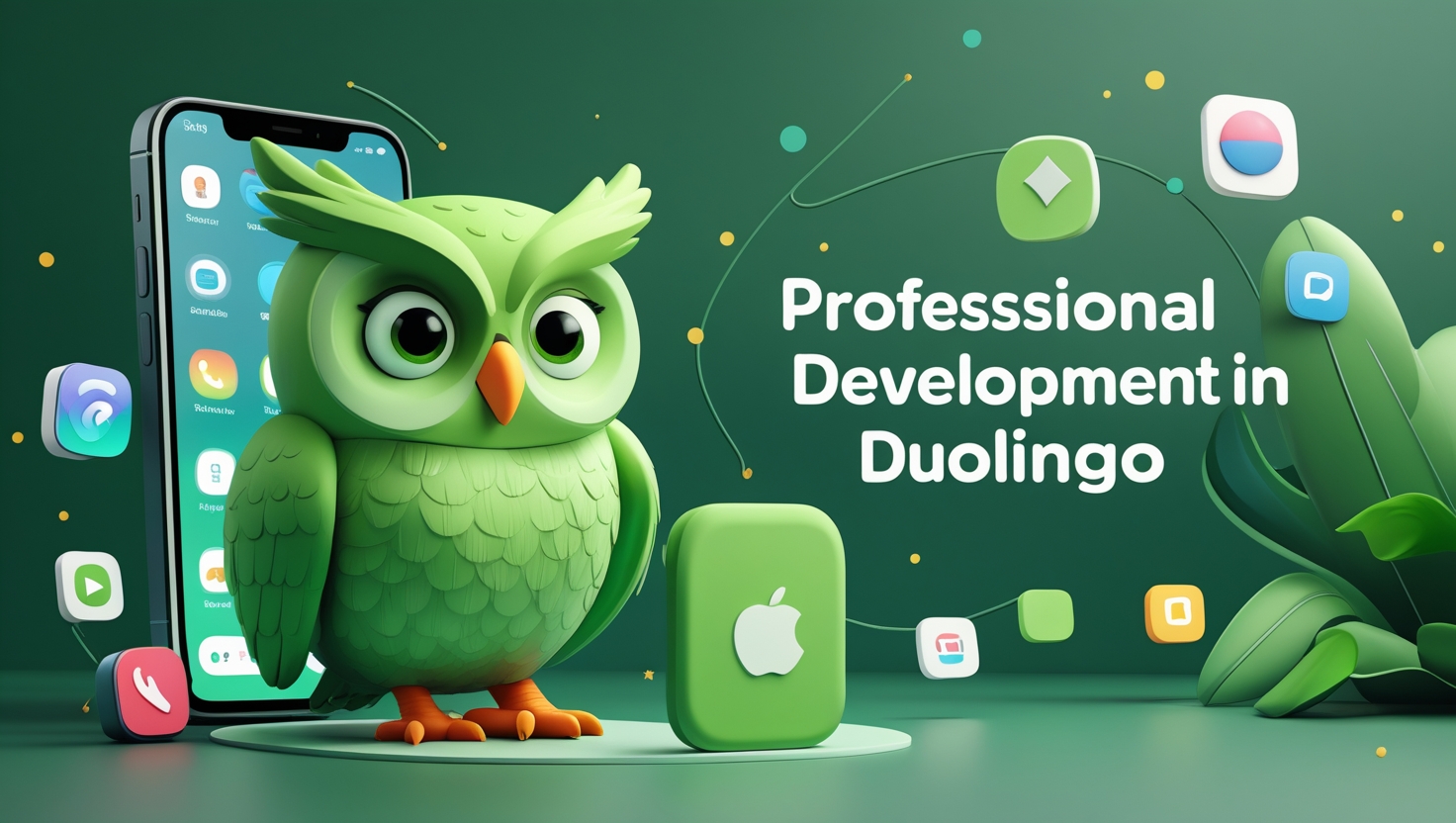
For career-focused learners, mastering business Japanese opens doors to professional opportunities. Both platforms offer specialized content focusing on formal communication, business etiquette, and professional vocabulary.
Industry Applications
Business Japanese demands understanding specific contexts and formal patterns. Through specialized vocabulary, honorific language, and cultural protocols, learners develop professional communication skills essential for Japanese business environments.
Frequently Asked Question
Is babble more effective than Duolingo?
Babbel offers more structured learning with real-life conversations, while Duolingo is better for casual learning and basics.
Can I speak fluently with Duolingo?
Duolingo alone won’t make you fluent. It’s great for basics but needs supplementation with conversation practice.
What are the downsides of Babbel?
Babbel’s main drawbacks are its subscription cost, limited free content, and less engaging gamification compared to other apps.
Is Rosetta Stone or Babbel better?
Babbel is more affordable and focuses on practical conversations, while Rosetta Stone offers deeper immersion but costs more.
Will Babbel help me become fluent?
Babbel can help reach intermediate level, but full fluency requires additional practice with native speakers.
How to get Babbel for free without paying?
Babbel offers free trial lessons and student discounts. No legal way exists to access full content without subscription.
Conclusion and Recommendations
After thorough analysis, both Babbel and Duolingo show distinct strengths in Japanese learning. While Babbel excels in structured, professional education with comprehensive business modules, Duolingo offers an engaging, accessible approach ideal for beginners. Choose Babbel for serious study and career goals, or Duolingo for casual learning. For optimal results, consider combining both platforms with consistent practice and native content exposure.
Final Success Tips:
- Combine both platforms for comprehensive learning
- Maintain daily practice schedules
- Engage with native content regularly
Remember, successful Japanese language acquisition requires dedication and consistent practice, regardless of the chosen platform. The key is finding the right balance between structured learning and practical application.
Visit For More Blog’s: duolingoabout.com

Welcome to DuolingoAbout.com! Your go-to hub for expert tips, tricks, and guides to mastering Duolingo. Simplify your language-learning journey with curated content designed for learners at all levels.
